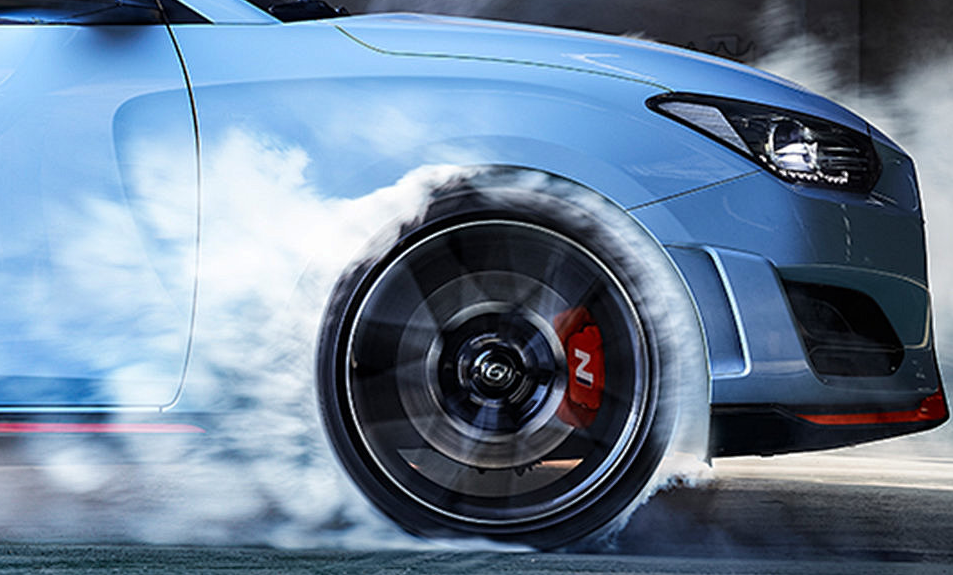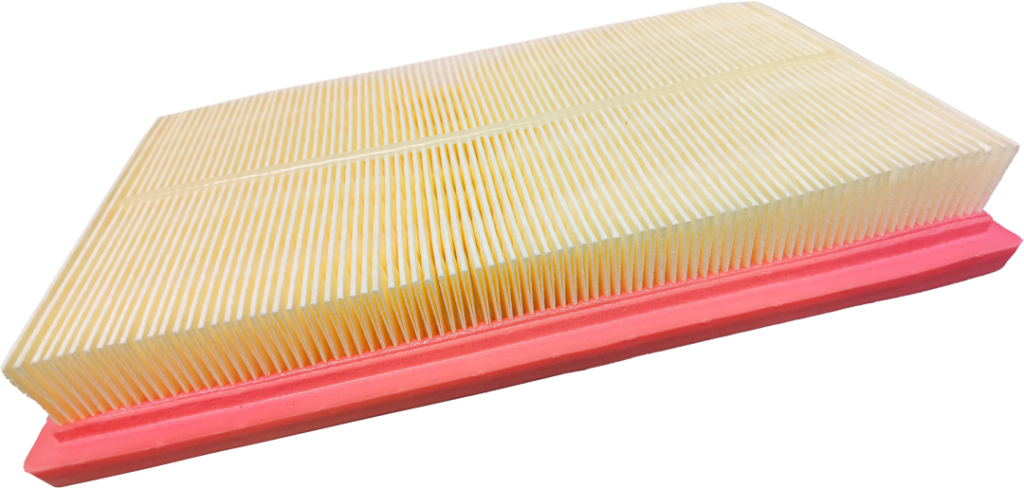Experienced sudden fuel spikes, sluggish acceleration, or strange engine noises? A glowing “Check Engine” light or a clogged air filter right after replacement? The answer could lie in one critical metric: Dust Holding Capacity (DHC) – your engine’s invisible lifeline.
▼ What is Dust Holding Capacity? ▼
Dust Holding Capacity (DHC) measures how much dirt an air filter can trap before failing (e.g., airflow restriction, efficiency drop). Measured in grams (g), it’s the ultimate test of durability.
Example: A 50g DHC filter lasts until it captures 50g of dust. Higher DHC = longer protection = fewer replacements.
▼ Low DHC? Your Engine Pays the Price ▼
1. Fuel Burns, Power Drowns
Clogged low-DHC filters choke your engine. Restricted airflow forces incomplete combustion, slashing power and spiking fuel use – 1-2 extra liters per 100km. Emissions skyrocket, risking failed inspections.
2. Silent Engine Assassin
Once saturated, cheap filters collapse or leak. Dust infiltrates cylinders, sandblasting pistons and valves. Result? Accelerated wear, costly repairs, and a shorter engine lifespan.
▼ High DHC ≠ Guaranteed Safety ▼
Two filters may claim “high DHC,” but performance hinges on structural integrity.
-
Robust designs maintain shape under heat/vibration, prevent seal leaks, and resist material decay.
-
Weak designs buckle, leak dust prematurely, or degrade fast – a “high DHC” label becomes meaningless.
Pro Tip: Pair high DHC with reinforced structure (e.g., anti-collapse meshes, precision seals) for true engine armor.
▼ Upgrade to Smarter Protection ▼
Don’t gamble with subpar filters. Arrow Air Filters combine lab-tested DHC with military-grade durability. Let your engine breathe freely – because prevention beats a $5,000 repair bill.




